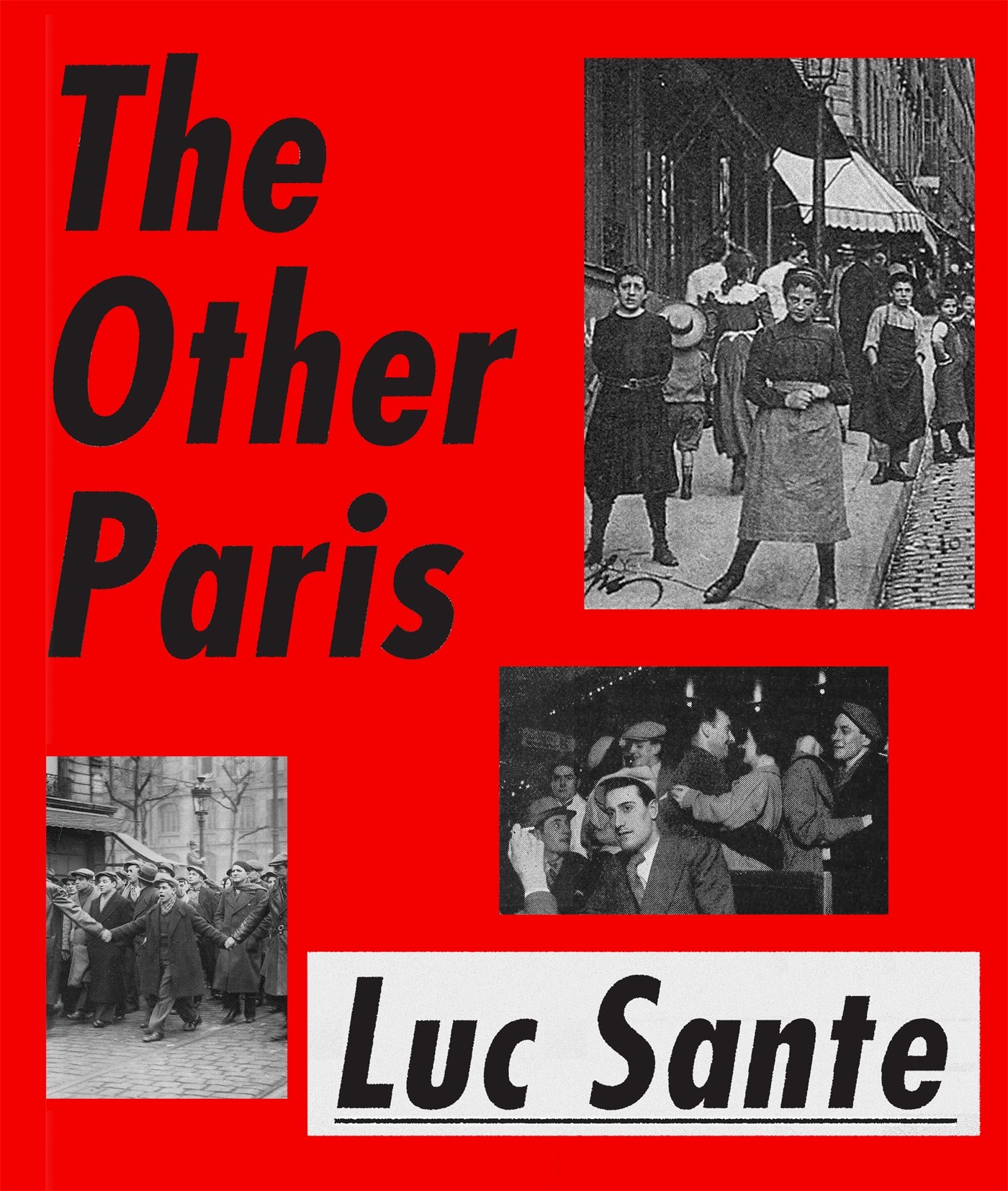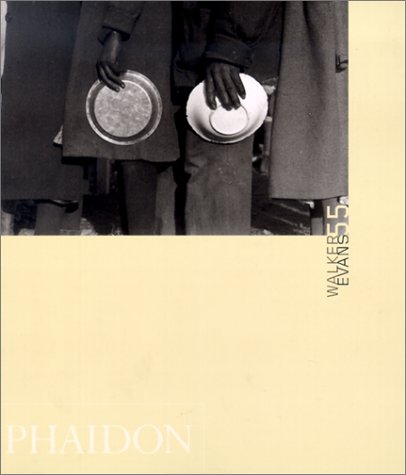Lucy Sante was born in Verviers, Belgium, and now lives in Kingston, NY. She is the author of Low Life (1991), Evidence (1992), The Factory of Facts (1998), Walker Evans (2001), Kill All Your Darlings (2007), Folk Photography (2009), The Other Paris (2015), and Maybe the People Would Be the Times (2020). Sante also translated and edited Novels in Three Lines by Félix Fénéon (2007). Her work has appeared in The New York Review of Books, The New Republic, and Harper's, among other publications. Sante is the recipient of a Whiting Award in Nonfiction, an Award in Literature from the American Academy of Arts and Letters, a Cultural Award from the Belgian-American Chamber of Commerce, a Grammy (for album notes), an American Scholar Award for Best Literary Criticism, an Infinity Award from the International Center of Photography, and Guggenheim, Cullman Center, and MacDowell Fellowships. She teaches writing and the history of photography at Bard College.

-
Low LifeLures and Snares of Old New York
Rat-baiting was the premier betting sport of the nineteenth century. Its prestige can be gauged in economic terms, circa 1875: admission to a then illegal prizefight between humans cost fifty cents, to dogfights and cockfights $2, while a fight pitting a dog against rats ran anywhere from $1.50 if the dog faced five rats or fewer, up to $5, in proportion to the number of rats. In the eighteenth century the biggest draw had been bearbaiting, but that sport gradually dissipated as the number of available bears decreased, although matches continued to be held up to the Civil War, notably in McLaughlin’s bear pit at First Avenue and Tenth Street. For a while, dog-vs.-raccoon contests were popular, but rats were so readily available that they came to dominate the scene; boys were paid to catch them, at a rate of five to twelve cents a head.
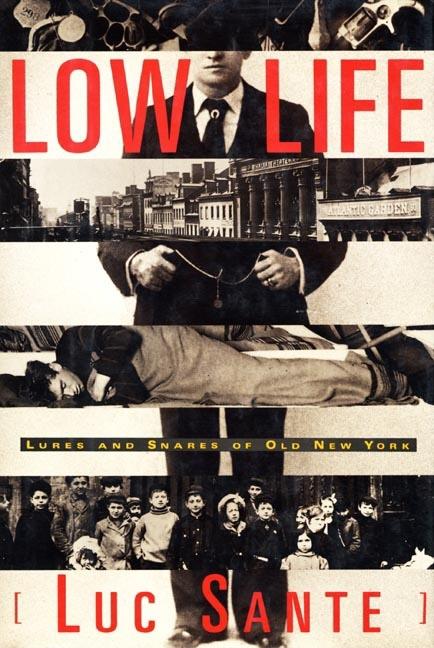 Low Life : Lures and Snares of Old New York
Low Life : Lures and Snares of Old New York -
Low LifeLures and Snares of Old New York
More sophisticated was the badger game. The gangster Shang Draper, for example, ran a saloon on Sixth Avenue and Twenty-ninth Street where clients were, by fair means or foul, gotten very drunk. When a customer was sufficiently intoxicated, he would be lured by one of the staff of forty female employees down to a whorehouse on Prince and Wooster Streets. Very near the climatic moment of his encounter with the woman, an angry man would burst in through the door. He was, he would declare, the woman’s husband. Enraged by the evidence of adultery, he would threaten to beat the customer senseless, to kill him, to take him to court. But perhaps, he would hint, he could be mollified, for a significant financial consideration. Identical scenes would meanwhile be taking place in every other room in the joint.
 Low Life : Lures and Snares of Old New York
Low Life : Lures and Snares of Old New York -
Low LifeLures and Snares of Old New York
The corruption of the Tweed regime extended from top to bottom and penetrated every corner of the city’s structure. Small-time crooks suddenly became untouchable, and often found themselves with governmental sinecures. A mayhem artist and gambler named Tim Donovan became deputy clerk at Fulton Market; the comedian “Oofty Goofty” Phillips was made clerk to the Water Register; the crook Jim “Maneater” Cusick became a court clerk. Under Tweed, the city spent $10,000 on $75 worth of pencils, $171,000 for $4,000 in tables and chairs, and squandered some $12 million on the infamous courthouse behind City Hall, including $1,826,000 for a $50,000 plastering job, $7 million for furniture and decorations, and roughly $3,500,000 for alleged repairs in the first thirty-one months after the building’s completion.
 Low Life : Lures and Snares of Old New York
Low Life : Lures and Snares of Old New York
“Sante writes what is often called ‘immaculate prose.’ Actually his sentences are maculate in exactly the right ways, lithe and tight but stained with musk and breath . . . Sante’s deep preoccupation is an outlaw history of Modernism in which avant-gardists and roustabouts sync up. With each new old thing his eye and phrasing fall on, Sante picks up a mystery to unfold, smooth out and trickily refold. He claims it, and hands it on.” —Frances Richard, The Nation [on Kill All Your Darlings]
“This highly original work reads like the reminiscences of a raconteur who knew everyone, was there in the midst of it all himself, and, even when telling stories of the deadliest dives on the Bowery, makes you wish you had been there too.” —Michelle E. Hammer, Newsday [on Low Life]
“It was as if Sante had opened a series of dark hallway doors and been confronted, suddenly, by so many terrible rooms. The book pushes us to look at life in a distinctly different and uncompromisingly individual way. That may make an audience uncomfortable, but it is a function of real art.” —The Washington Post [on Evidence]
Selected Works
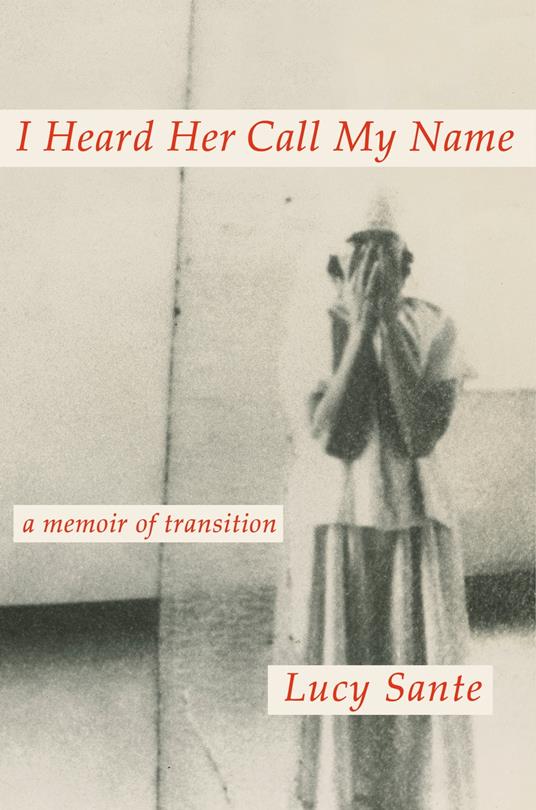
- Print Books
- Bookshop
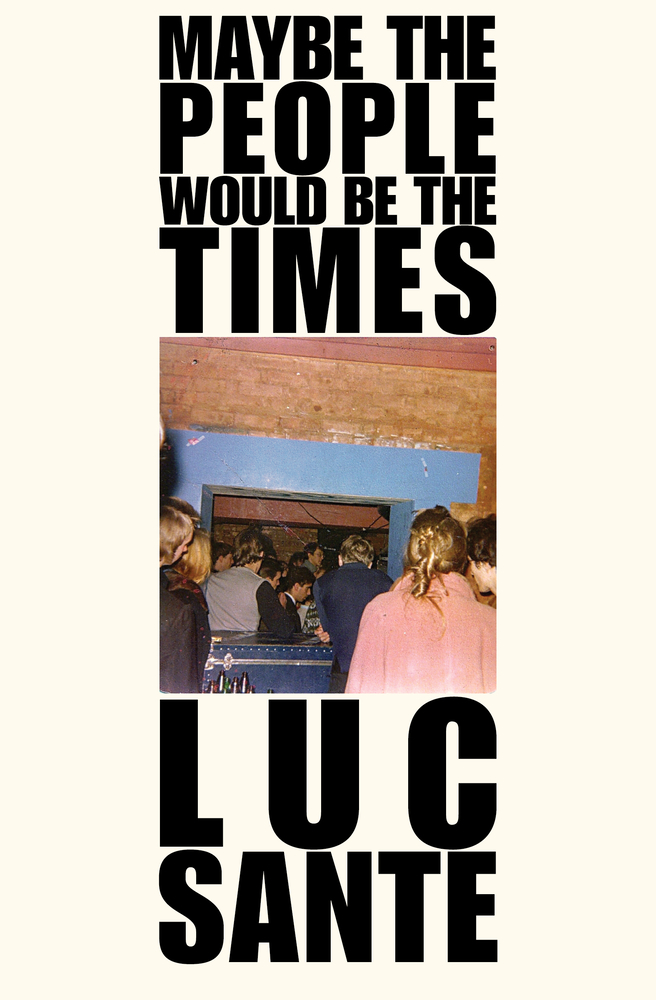
- Print Books
- Find your local bookstore (via IndieBound)
- Bookshop
